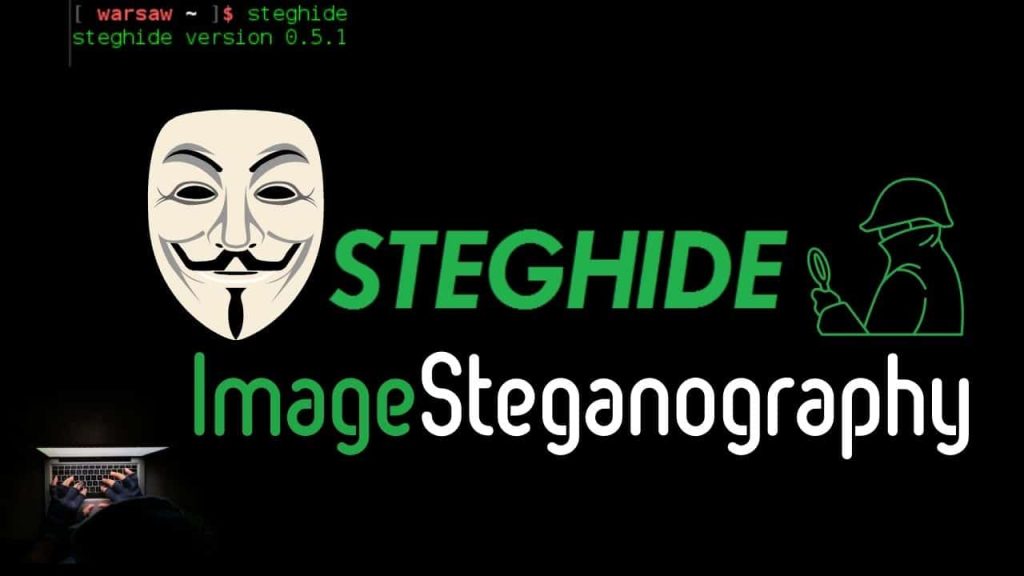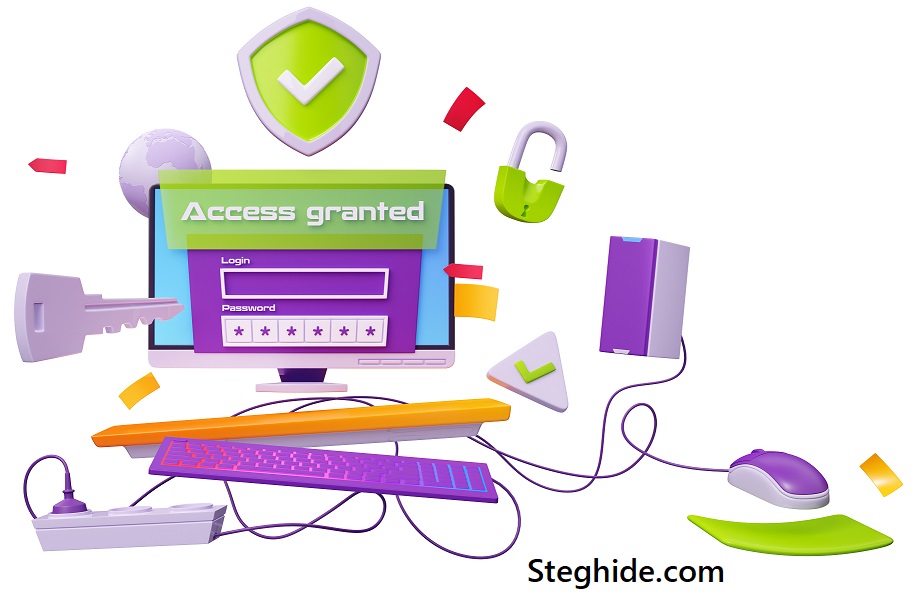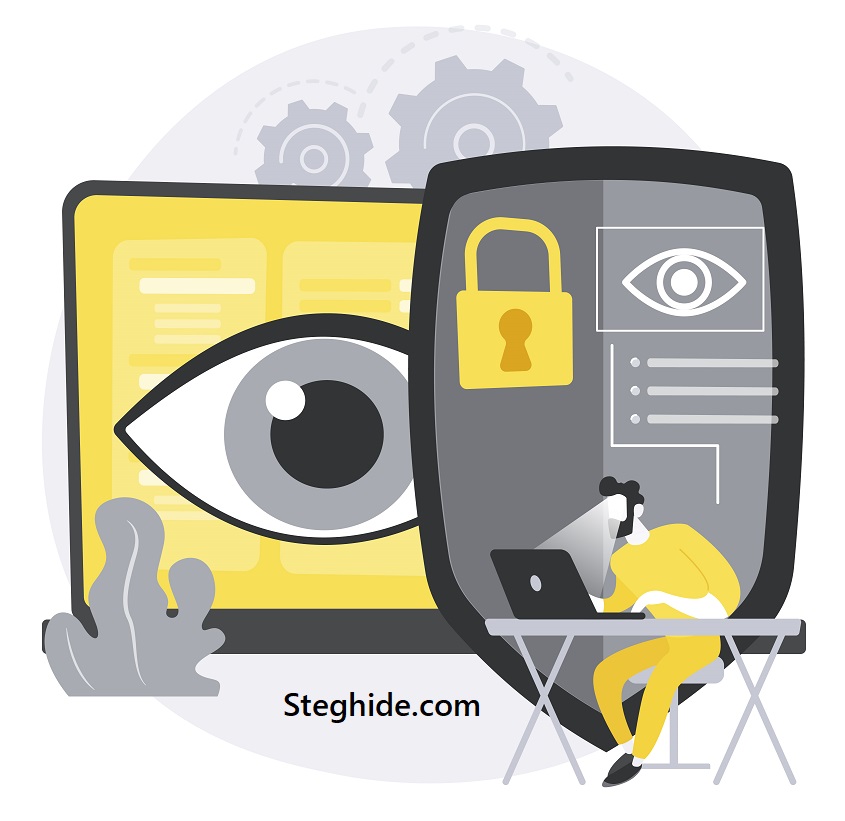Digital communication has transformed the way information travels across the globe, but with this transformation comes an increased demand for confidentiality and security. Sensitive documents, private conversations, and critical organizational data require safeguards against interception, surveillance, and malicious actors. Traditional encryption provides one layer of defense, but it often highlights the fact that confidential material exists. This visibility may attract suspicion from adversaries or monitoring agencies.
Steganography introduces a discreet solution by hiding data within ordinary files, blending secrets into plain sight. Instead of drawing attention with encrypted formats, it conceals information in everyday media such as images or audio tracks. Steghide, one of the most well-known open-source steganography tools, embodies this principle by enabling both embedding and extraction of hidden content with efficiency and reliability.
Understanding how to extract hidden data with Steghide is crucial for students, professionals, investigators, and enthusiasts alike. Extraction is not simply the reverse of embedding it represents the practical retrieval of concealed content in secure communication. This article explores how Steghide works during extraction, step-by-step processes, technical features, applications, benefits, limitations, comparisons, and its importance across cybersecurity and privacy practices.
Understanding Steghide
What is Steghide
Steghide is a free, open-source steganography program designed for embedding and extracting hidden data from carrier files such as JPEG, BMP, WAV, and AU. It modifies insignificant bits within carriers, ensuring visual or auditory quality remains unaffected. These changes are subtle enough that neither human senses nor basic digital inspections can easily detect them. This makes Steghide valuable for secure, discreet communication.
Core Purpose of Extraction
Extraction serves as the critical phase where concealed information is recovered. Without extraction, communication remains incomplete since the recipient cannot access the hidden content. The process requires both the stego-file and the correct passphrase, ensuring that only authorized users gain access. Extraction validates the reliability of steganography as a communication medium, turning a hidden message into retrievable content.
Steghide’s Security Framework
Steghide does more than hide data. It applies AES-128 encryption and compression before embedding. Upon extraction, decryption and decompression restore the original file in its authentic form. This layered approach means even if someone detects the use of steganography, without the correct passphrase the hidden data remains unreadable. Security, efficiency, and subtlety converge to create a robust protection system.
Steps to Extract Hidden Data
Preparing the Environment
Before extraction, ensure Steghide is installed on the system. It is available on Linux distributions through package managers and can be compiled for other platforms, including Windows. Alongside the software, the user must possess the stego-file containing hidden data and the correct passphrase. Without either, extraction will fail. Carrier integrity is essential since file corruption or modification can destroy embedded data.
Extraction Command in Practice
The primary command for extraction is straightforward:
steghide extract -sf filename.jpg
When executed, Steghide prompts the user for a passphrase. If correct, the hidden file is restored in the current working directory. By default, Steghide attempts to preserve the original filename of the hidden file. Users can also specify output directories or filenames for better organization. This simplicity makes Steghide accessible to both beginners and experts.
Verification After Extraction
Once a file is extracted, verification ensures integrity. Users may compare checksums or hash values against the original file, confirm file sizes, or simply open the file to confirm readability. In critical environments such as forensics or corporate investigations, verification ensures authenticity. This step minimizes risks from accidental corruption, incomplete transfers, or tampering during communication.
Features Supporting Extraction
Supported Carrier Formats
Steghide allows embedding and extraction within specific file formats, including:
- JPEG and BMP image formats
- WAV and AU audio formats
- Binary files embedded across compatible carriers
These formats were selected for their structural properties, which provide sufficient redundancy for hidden data without affecting usability.
Integrated Encryption
AES-128 encryption strengthens Steghide’s extraction process. Hidden data, even if discovered, remains unreadable without the correct passphrase. This encryption layer adds protection beyond concealment, creating a dual defense mechanism against interception or unauthorized access.
Compression for Efficiency
Steghide compresses files before embedding, optimizing space and reducing the impact on carrier size. During extraction, data is automatically decompressed back into its original state. This dual feature of compression and encryption ensures efficient storage and strong security while making detection harder for adversaries.
Practical Applications of Extraction
Forensic and Investigative Work
In cybercrime investigations, forensic analysts use Steghide to extract hidden evidence. Criminals may conceal illicit files or communications within ordinary media, making discovery challenging. Extraction reveals concealed documents, chat logs, or malware components, assisting law enforcement in building cases and understanding criminal operations.
Academic and Training Use
Educational institutions incorporate Steghide into coursework on cybersecurity and information hiding. Students practice embedding and extraction exercises to understand concepts of covert communication. Extraction assignments help learners grasp practical challenges such as carrier selection, password management, and data verification, bridging theoretical knowledge with hands-on skills.
Individual Privacy Protection
Individuals use Steghide to protect diaries, personal credentials, or sensitive legal documents. By embedding files within ordinary media, they ensure that data remains hidden from casual inspection. The extraction process restores the hidden material when needed, offering a balance between privacy and accessibility in personal digital security strategies.
Advantages and Challenges
Benefits of Using Steghide for Extraction
- Seamless communication without arousing suspicion
- Strong dual-layer defense combining steganography and encryption
- Free, open-source access for widespread adoption
- Cross-platform compatibility across Linux and Windows
- Simple extraction process through intuitive command-line syntax
Limitations and Drawbacks
Despite its usefulness, Steghide faces several constraints. Supported carrier formats are limited compared to modern multimedia diversity. Hidden data must fit within carrier size limits, reducing flexibility for larger files. Advanced forensic tools may detect patterns introduced by steganography. Additionally, corruption or resizing of carrier files can render extraction unsuccessful.
Ethical Implications
Like many technologies, Steghide can be used for both legitimate and malicious purposes. While beneficial for privacy, academic training, and forensics, it can also aid in illegal activities such as data exfiltration or covert communication among criminals. Ethical awareness and adherence to legal frameworks are essential when deploying or teaching Steghide.
Comparison with Other Tools
Steghide vs OpenStego
OpenStego focuses on both data hiding and watermarking for copyright protection. While extraction is straightforward, it lacks the integrated encryption found in Steghide. This makes Steghide preferable for confidential communications, while OpenStego shines in protecting intellectual property through watermarks and content authentication.
Steghide vs SilentEye
SilentEye features a graphical interface, appealing to non-technical users. Its extraction process is user-friendly, requiring minimal command-line interaction. However, Steghide surpasses SilentEye in encryption strength and compression features, making it more suitable for professional security applications requiring confidentiality.
Steghide vs OutGuess
OutGuess supports more carrier formats and advanced embedding options. Its flexibility attracts researchers and developers seeking experimentation. Yet, Steghide offers stronger practical security due to integrated encryption and ease of extraction. For professional use, especially where privacy is paramount, Steghide remains a reliable choice despite fewer supported carriers.
Real-World Importance of Extraction
Cybersecurity Relevance
Organizations employ Steghide to safeguard confidential data transmissions. By embedding sensitive documents into harmless carriers and enabling extraction only with proper authentication, corporations protect trade secrets, client data, and strategic communications from espionage or leaks.
Digital Forensic Applications
Forensic experts use Steghide to uncover hidden evidence in cybercrime cases. Extraction allows retrieval of concealed documents, aiding in prosecuting offenders or understanding criminal communication channels. Its role in forensic investigation underscores its importance in law enforcement and intelligence analysis.
Personal Security and Freedom
Individuals worldwide rely on Steghide for protecting personal freedom of communication. Journalists, whistleblowers, and activists use extraction to recover documents hidden for safety. By allowing retrieval of sensitive files in restrictive environments, Steghide contributes to digital self-defense and freedom of expression.
Conclusion
Steghide provides a reliable method for extracting hidden data from carrier files while preserving confidentiality and efficiency. Its combination of encryption, compression, and discreet embedding ensures that extracted content remains both secure and intact. Although limited in supported formats and vulnerable to misuse, its advantages far outweigh its drawbacks when applied responsibly. Extraction is central to its purpose, transforming hidden communication into accessible content, and reinforcing its role in cybersecurity, forensics, education, and personal privacy protection.orensics, and personal privacy across today’s digital landscape.



